2015 Ford S-Max Can Drive 55 Via Intelligent Speed Limiter
Can’t drive 55? If you’re behind the wheel of a 2015 Ford S-Max, you’ll have no choice, thanks to its Intelligent Speed Limiter.
Ford of Europe says its limiter, being first offered on the seven-seat crossover, can allow drivers to set a maximum speed manually that can be dialed up or down in 5 kph (5 mph) increments, as well as doing all the work for the driver.
The latter is accomplished through traffic-sign recognition technology, which provides the driver with speed limit information, cancellation signs and overtaking restrictions via the S-Max’s instrument cluster. Functionality begins at 30 kph (20 mph), and ends at 200 kph (120 mph), and drivers can set a speed tolerance of 5 kph above the limit.
Active safety chief Stefan Knappes says the system is meant to remove “one of the stresses of driving, helping ensure customers remain within the legal speed limit,” explaining that drivers sometimes aren’t aware of their speed until an accident or a fine occurs. The system will hit the road in Europe this summer, when the first S-Max deliveries begin.
Seattle-based writer, blogger, and photographer for many a publication. Born in Louisville. Raised in Kansas. Where I lay my head is home.
More by Cameron Aubernon

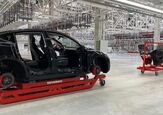
















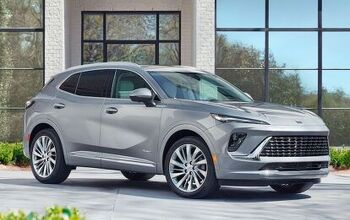


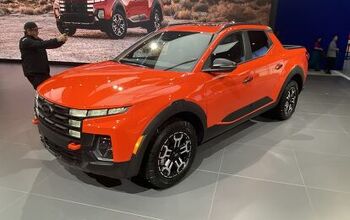

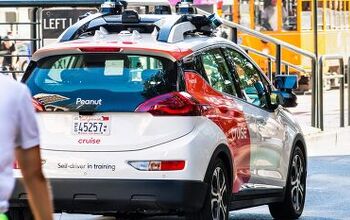




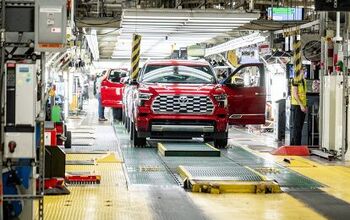

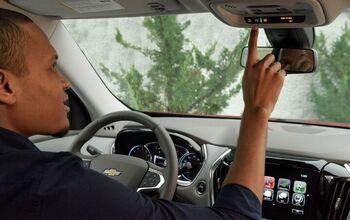


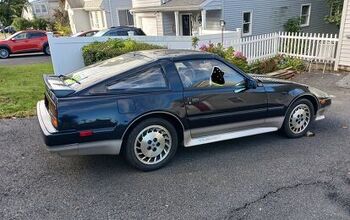
Comments
Join the conversation
I had a gizmo called a Mobileye C2-270. Its main purpose was to be an aftermarket lane departure and forward collision warning device. But it also read speed limit signs and warned about exceeding the limits. What's relevant to this article is that it had a bad habit of reading offramp speed signs and interpreting them as speed limit signs. So it would be complaining I was doing far over the speed limit. Hopefully the system described in this article can tell what really is and is not a speed limit sign. Since the Mobileye took the actual speed signal from the CAN bus, it could be a simple further step to allow the system to "talk" the other way and control the speed. Which means this capability could be put into an aftermarket product for any car. Incidentally, the Mobileye C2-270 broke after 18 months, and Mobileye had no solution other than replacing it with a Mobileye 560 for about $1300. They wouldn't even sell me a replacement for the defective module.
I think the override by just pushing hard is a bit of UI genius. However, this is going to be a disaster in my area. The main road by my house is near a school. There are huge signs saying "SPEED LIMIT 20 MPH" but underneath it says "when children present". It's 35 otherwise. The chances this system can read that sign and will do 35 on the weekends? Zero. So once systems like this become popular, that's going to be a 20 MPH road, all day every day. And what about variable speed limits per lane like we have here in Seattle?
Congratulations Ford! You've spent millions of dollars creating a slow rolling highway obstacle. You've done it before. When the previous Ford Waste-Of-Millions-Slow-Rolling-Obstacle was launched, they called it the Pinto. It famously burst into flames when faster traffic hit it. The modern automobile is considerably safer than the Pinto. Here's hoping they don't burst onto flames during the inevitable rear collisions they're going to cause. That said, the irony.... As a sidebar, I wonder what the insurance rates on this car will be when the actuarial tables require their inevitable column widening to accommodate the accident numbers.
The Volvo V60 displays the speed limit signs... and it's wrong most of the time. I can't imagine that this would be any more accurate